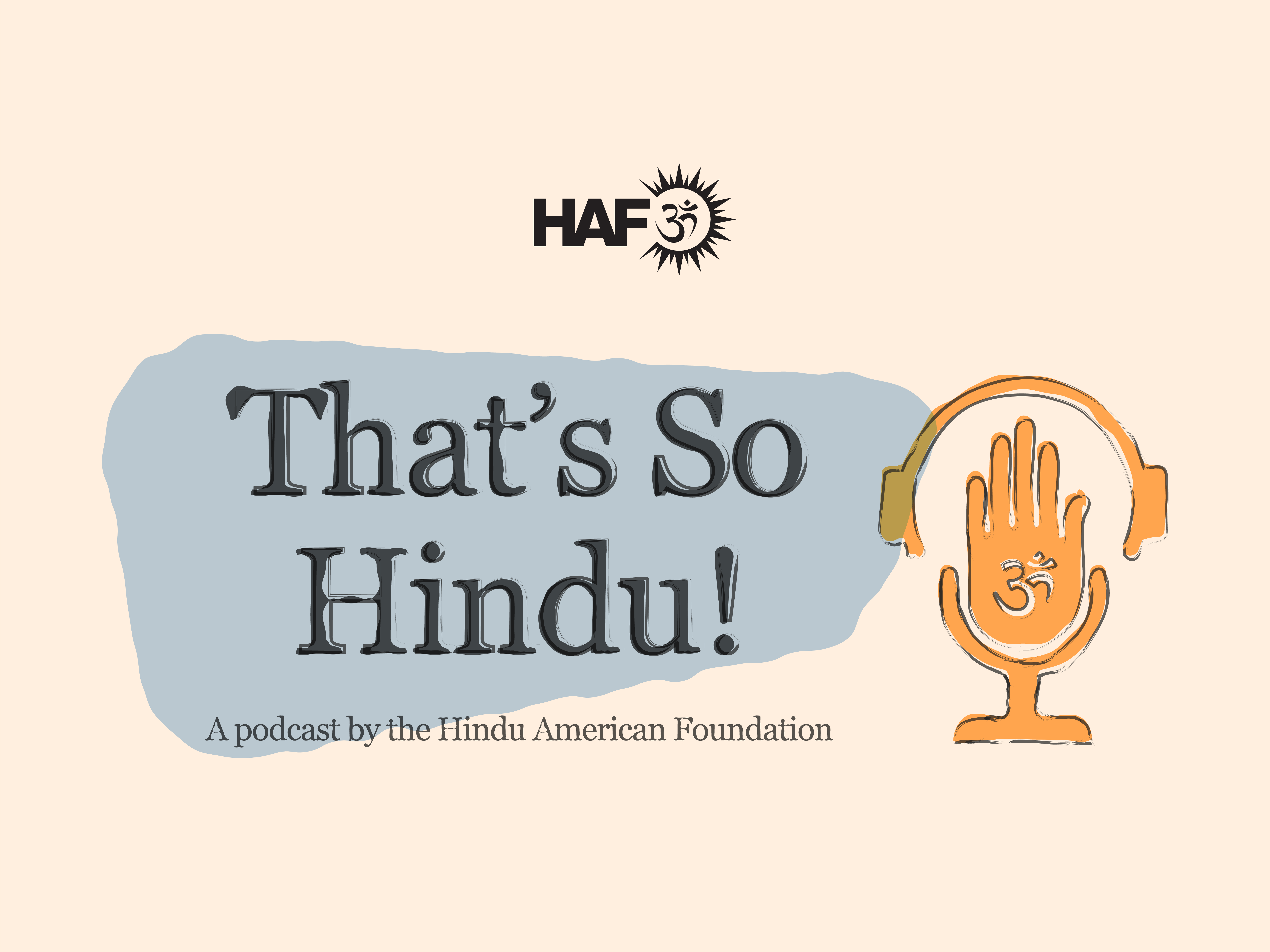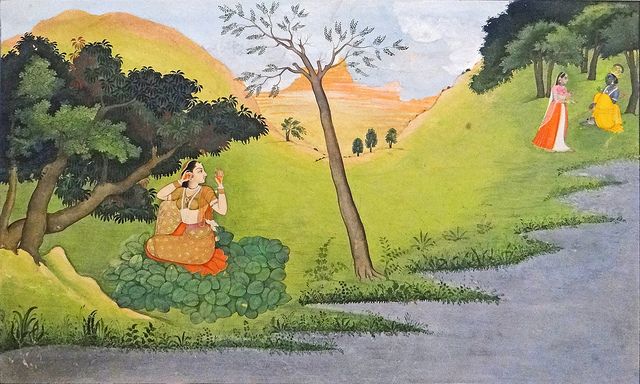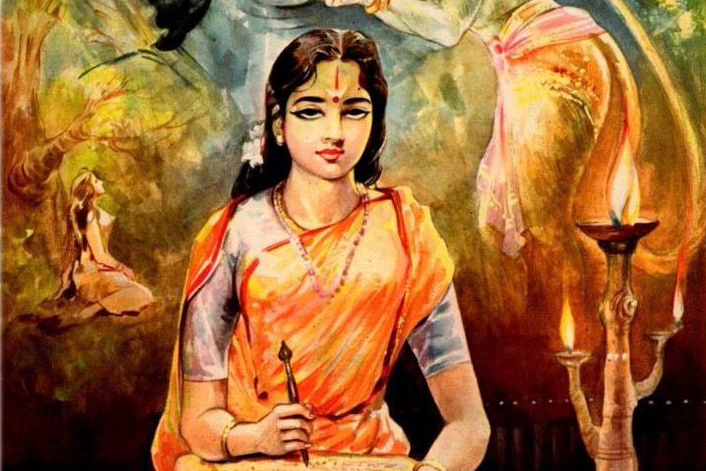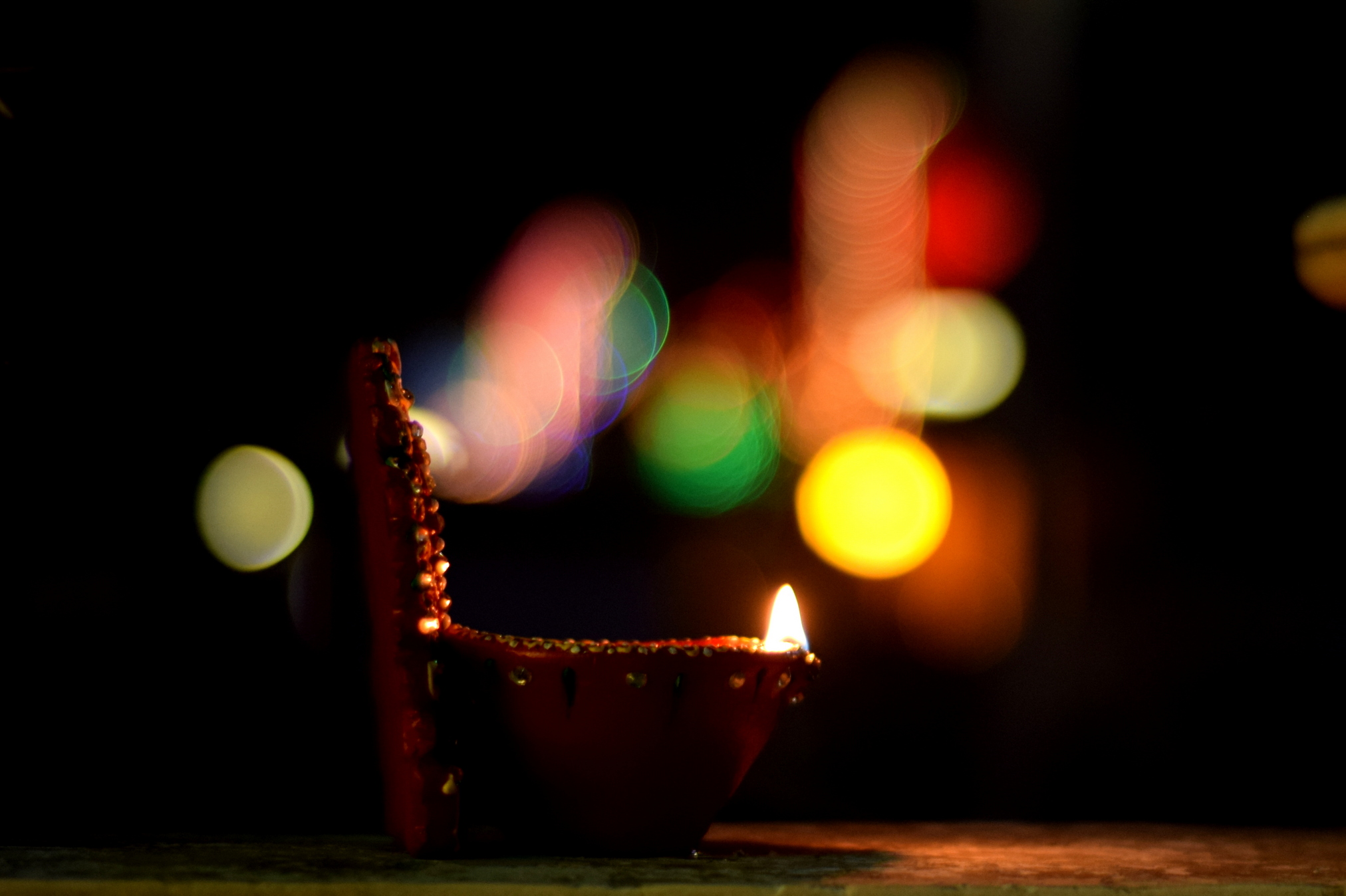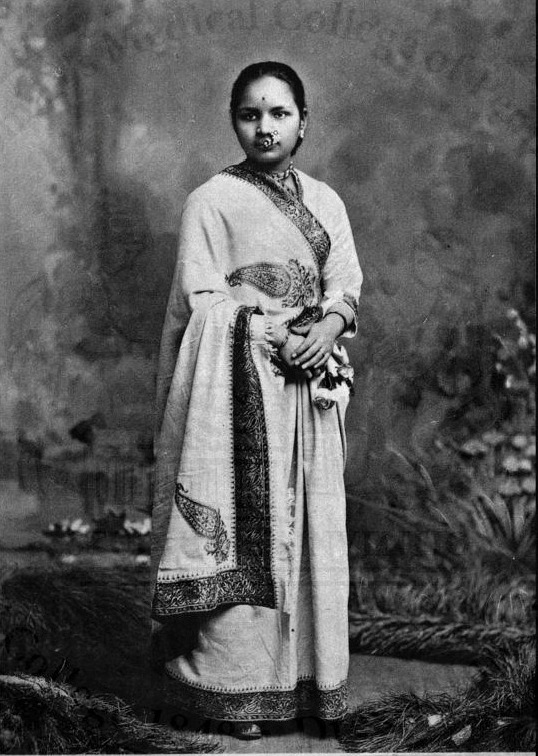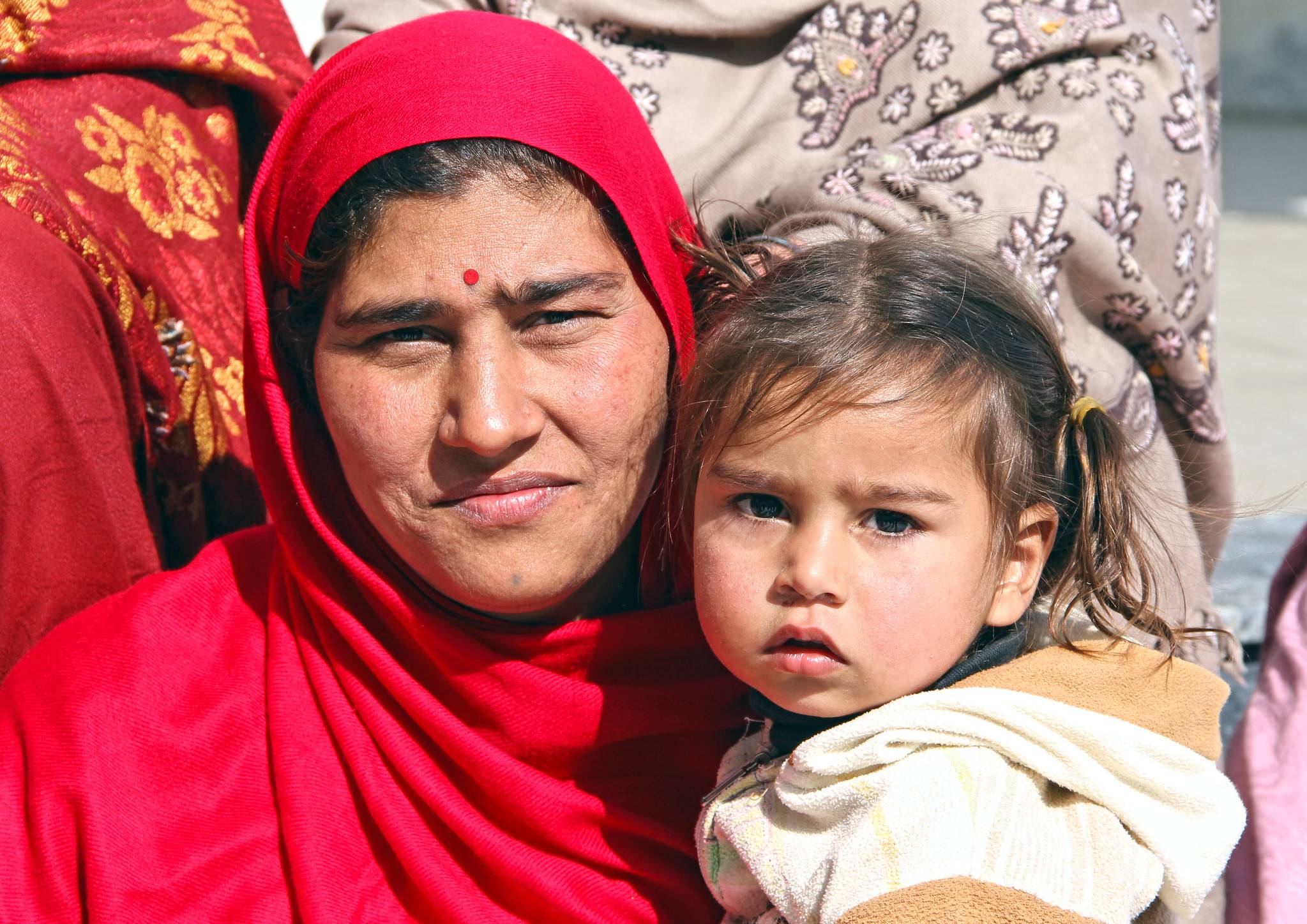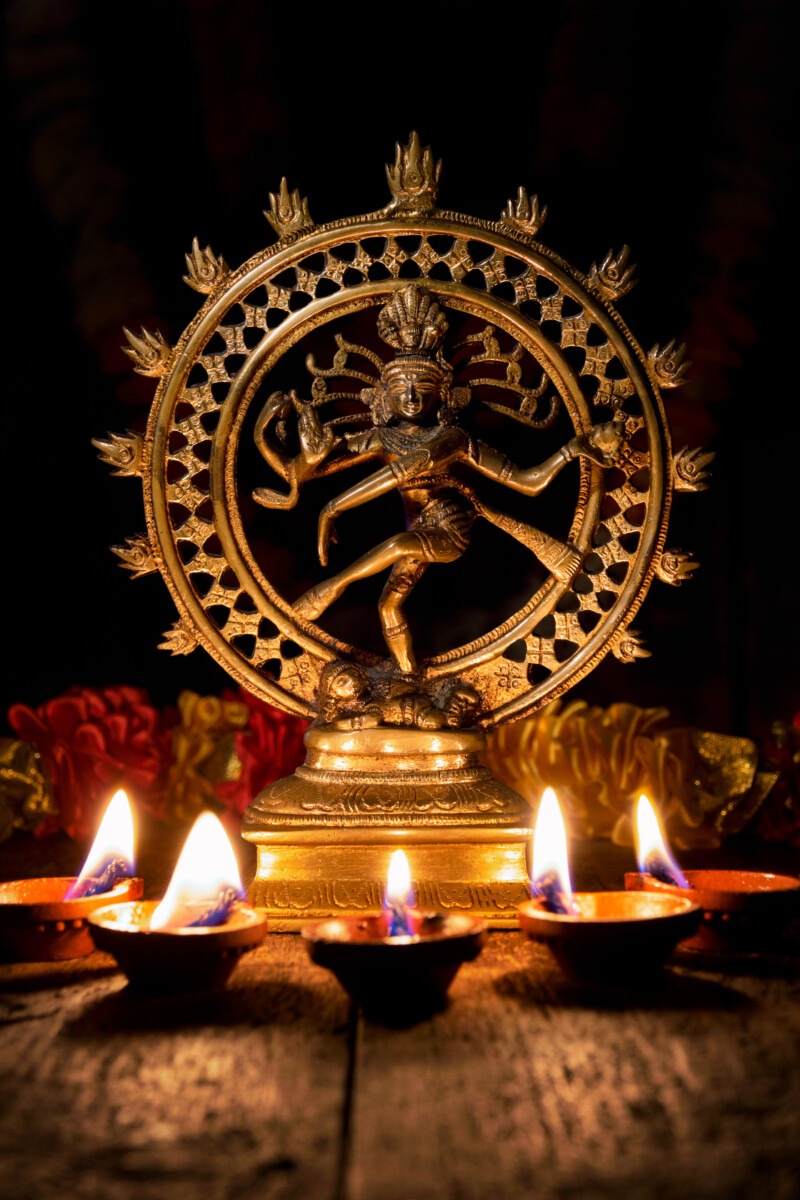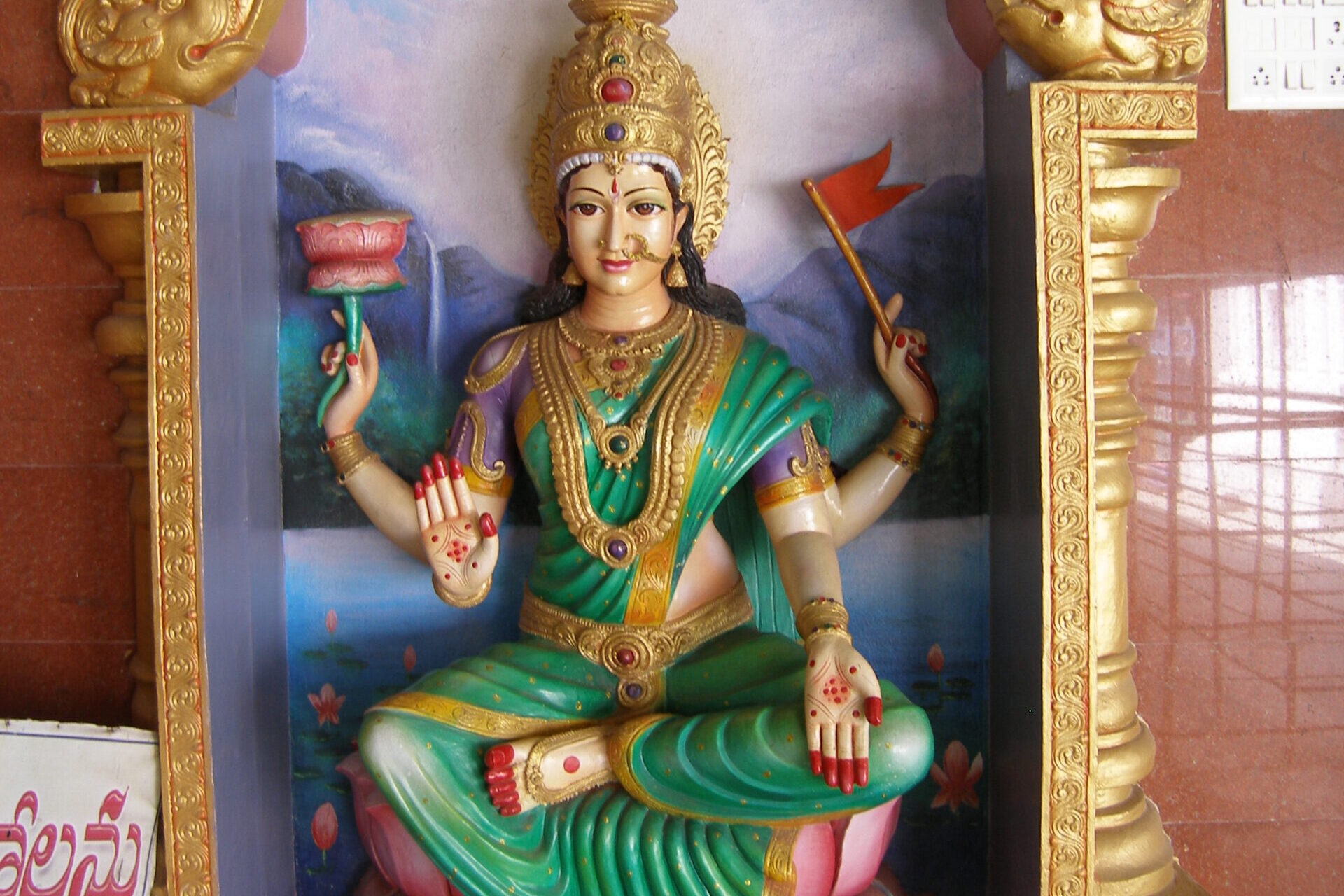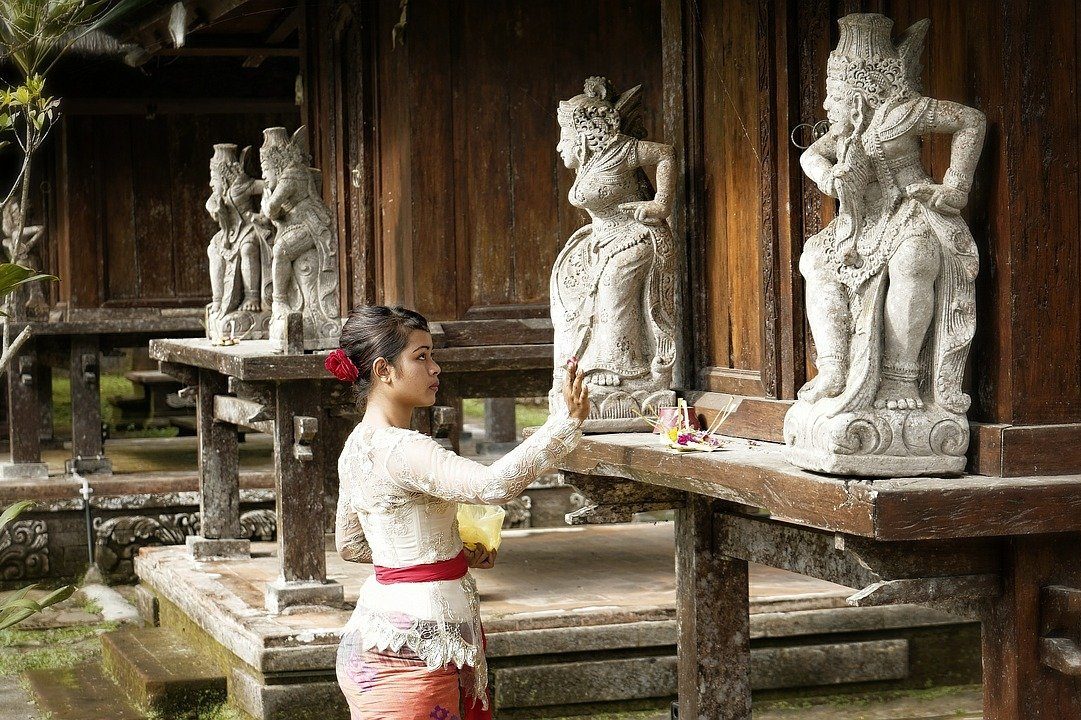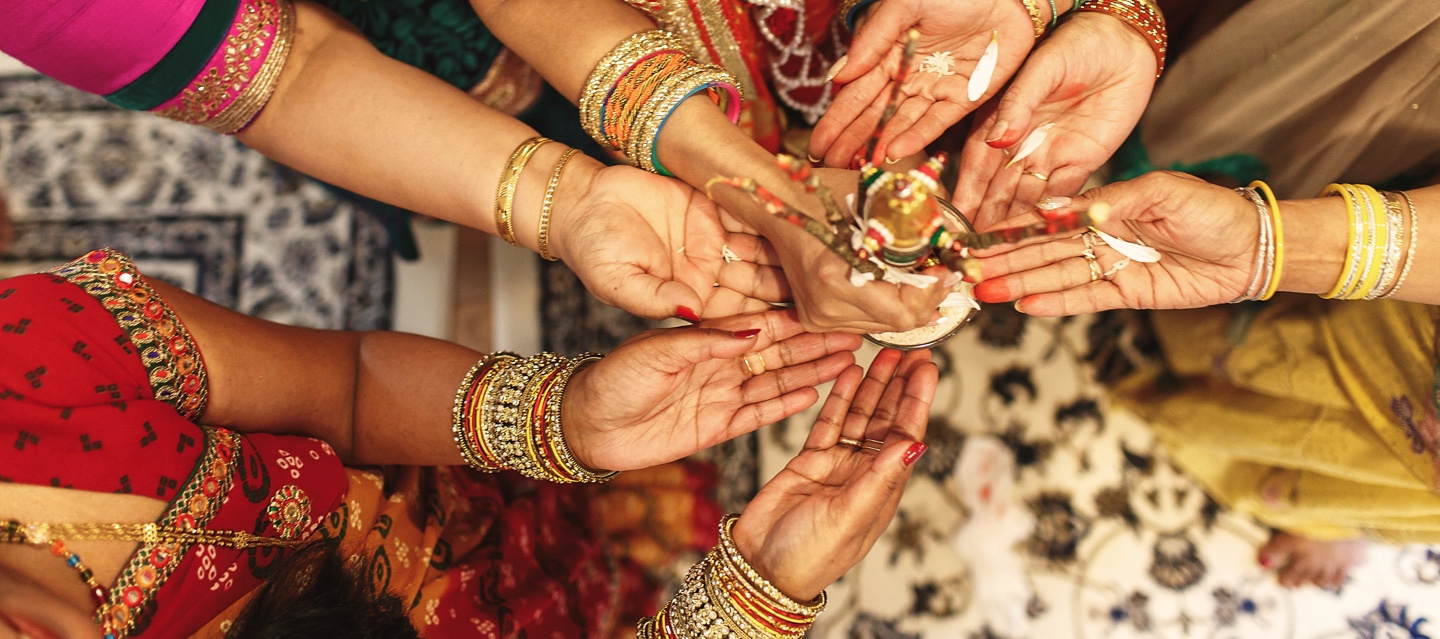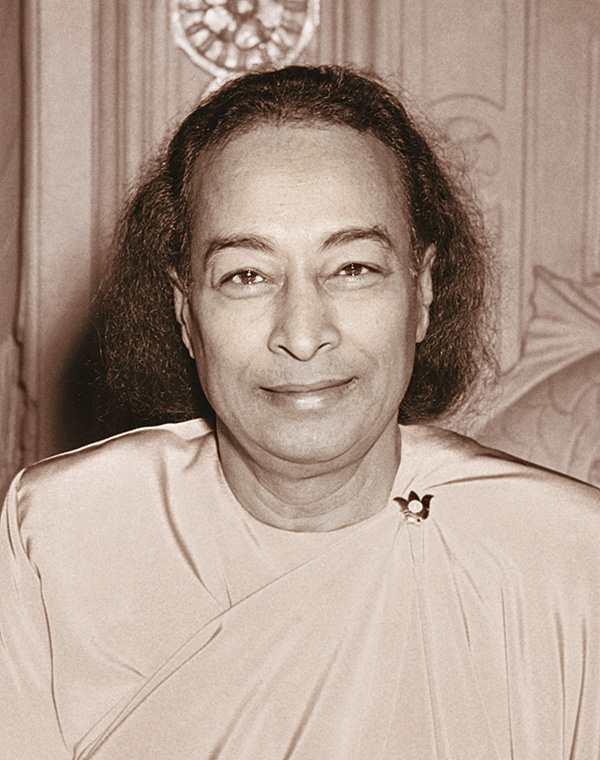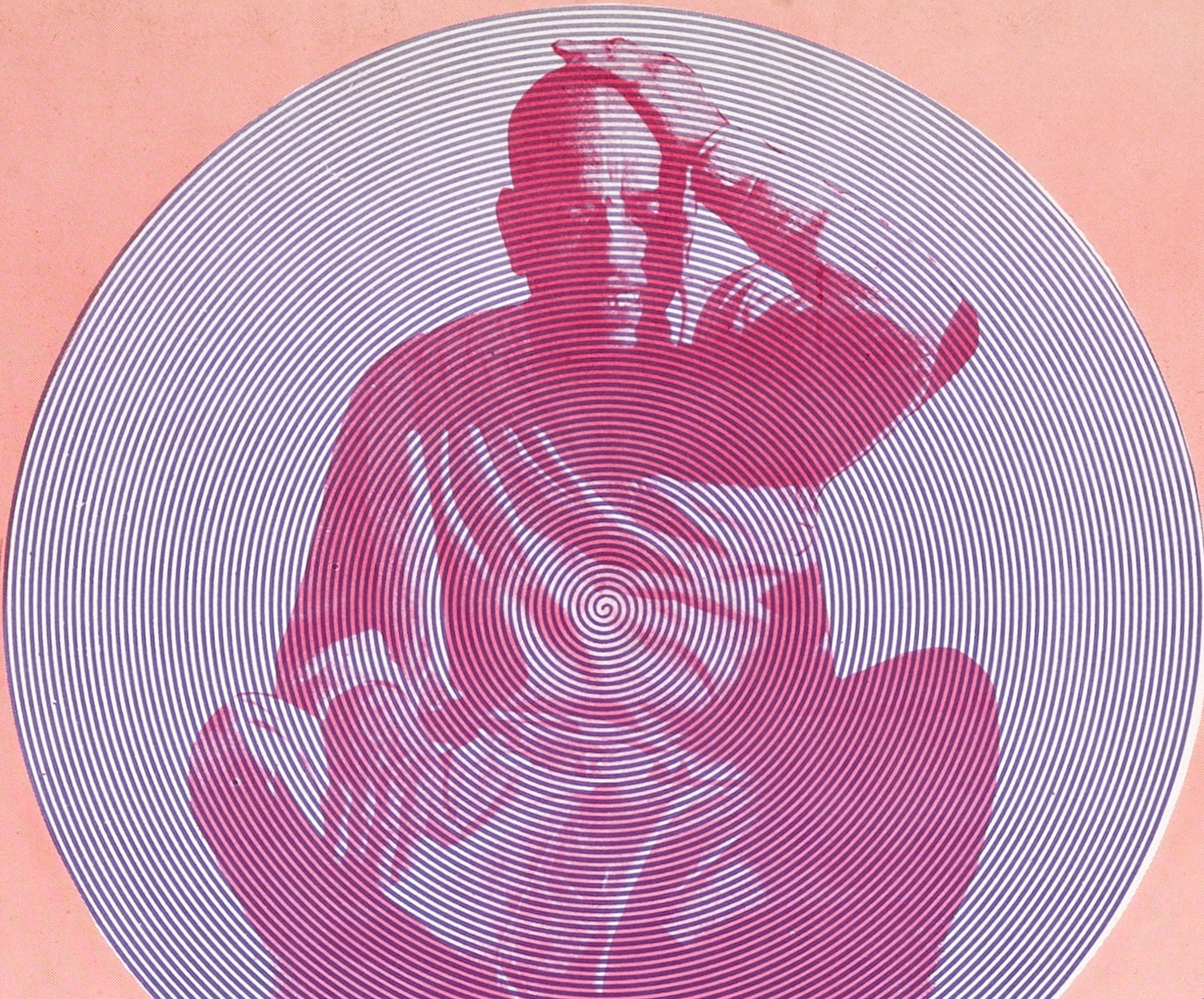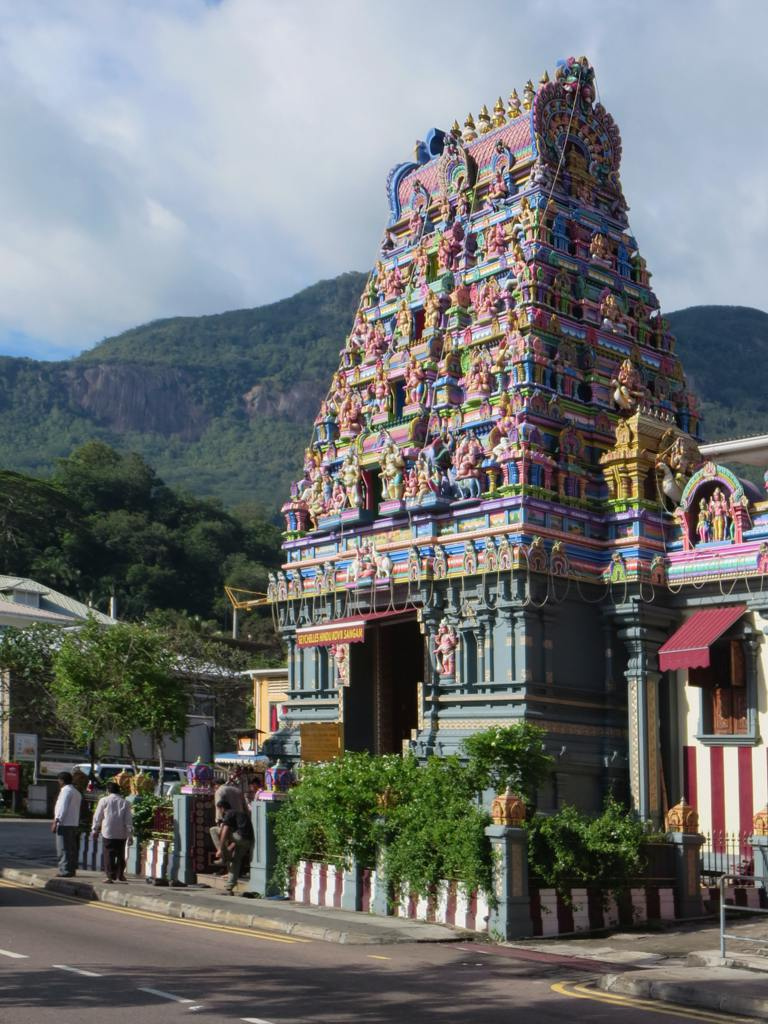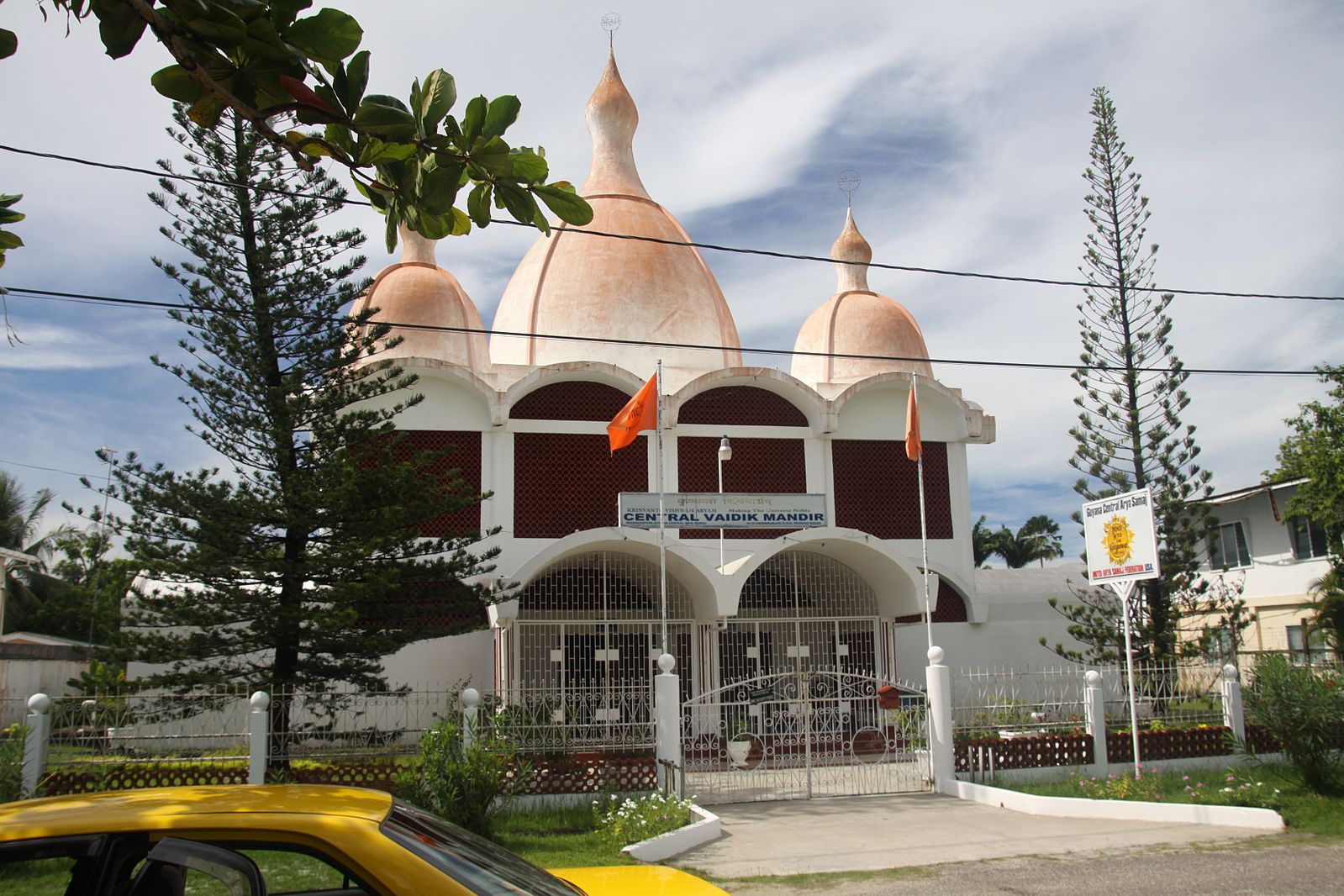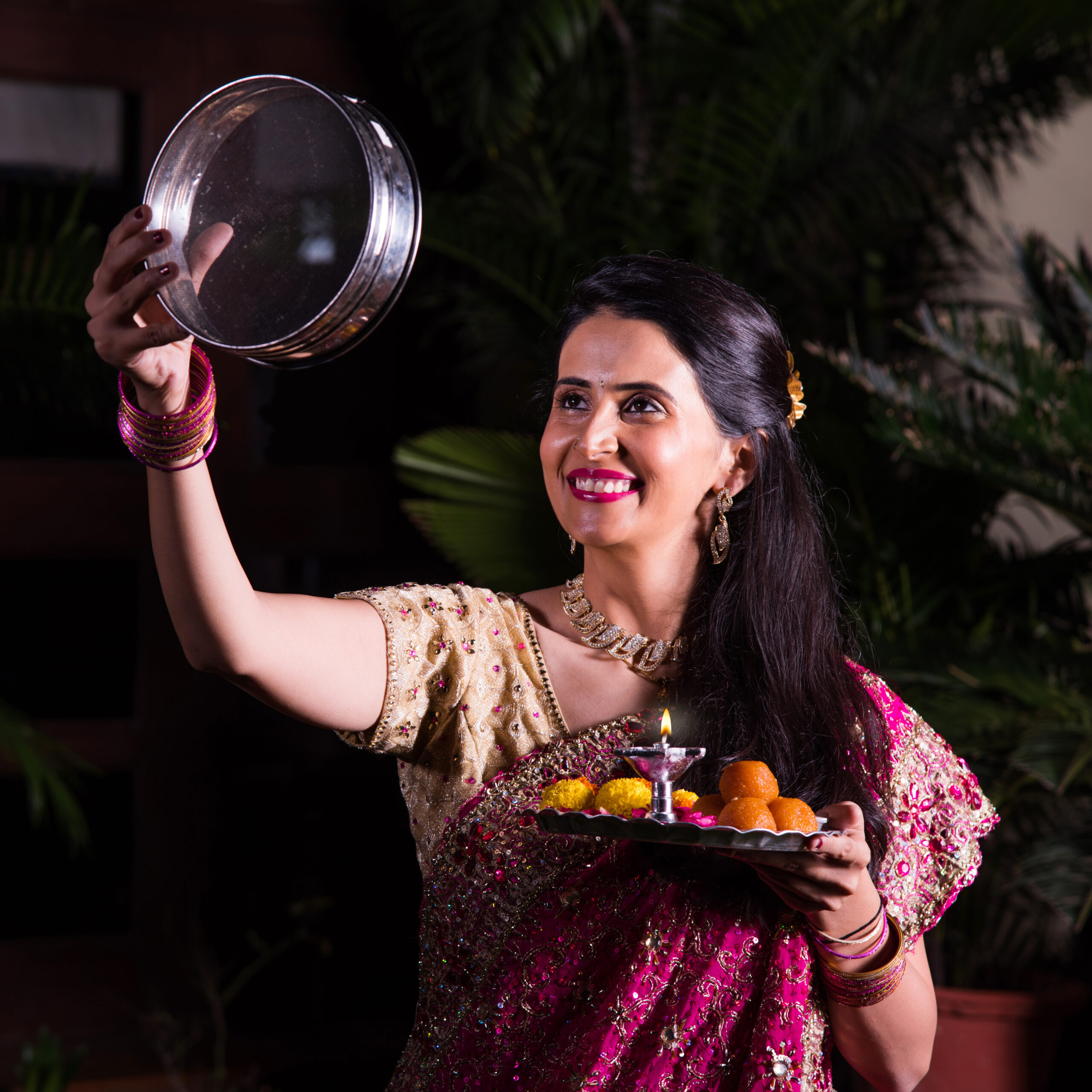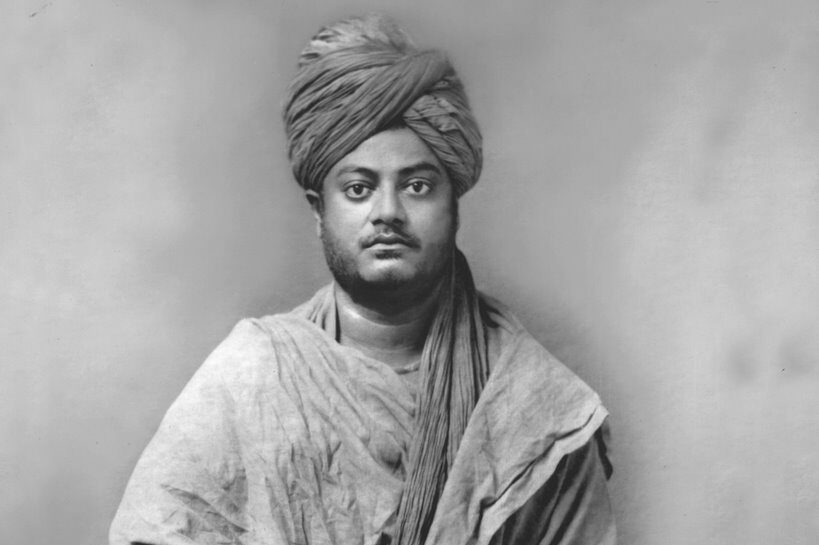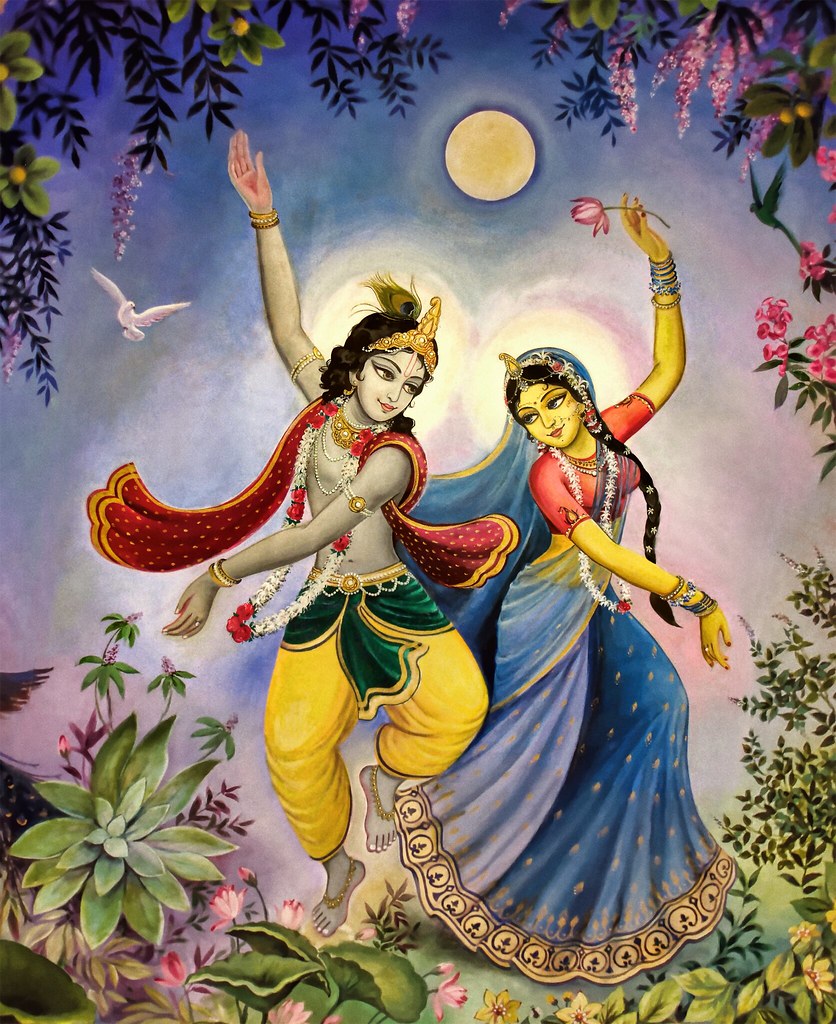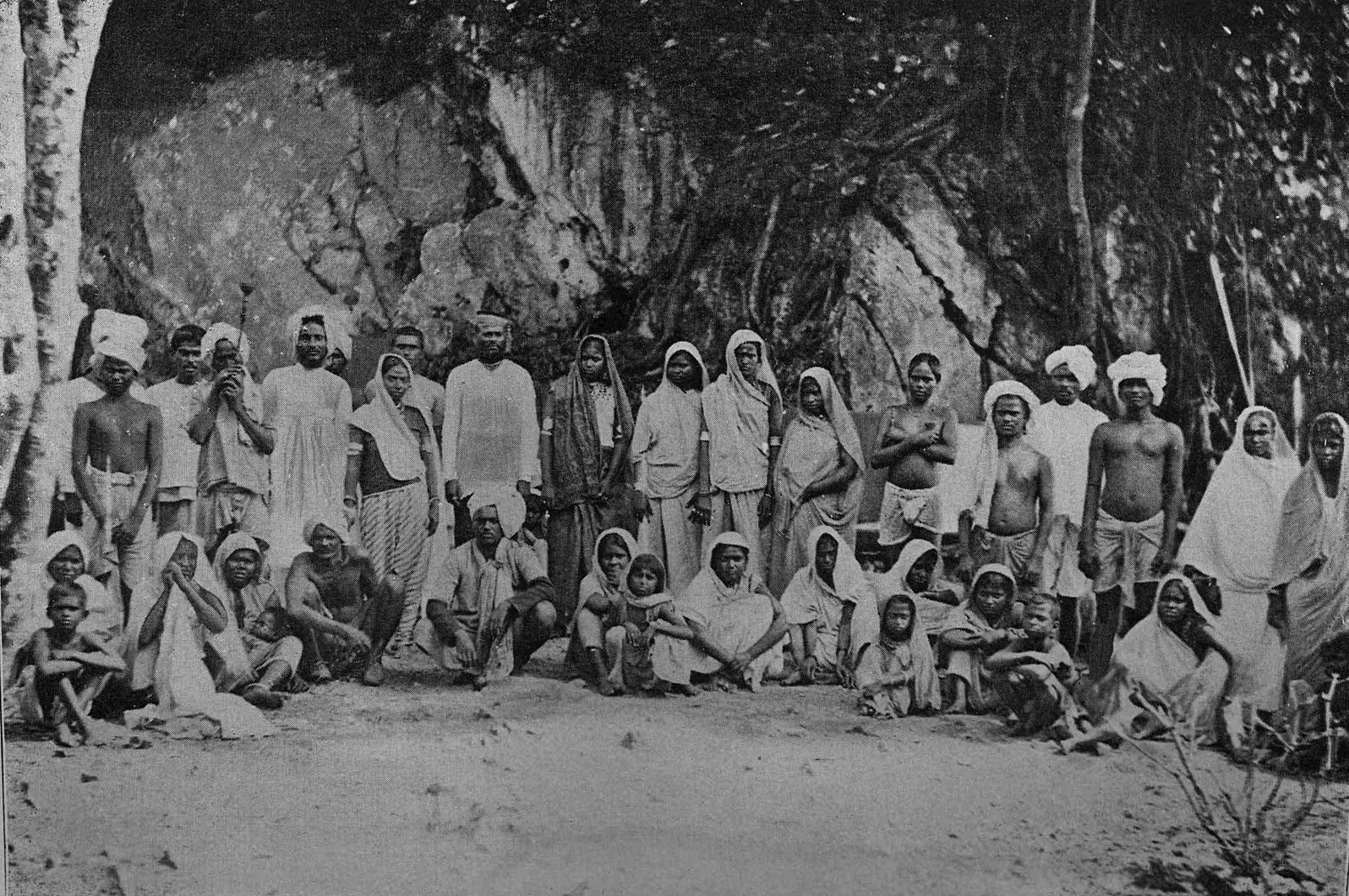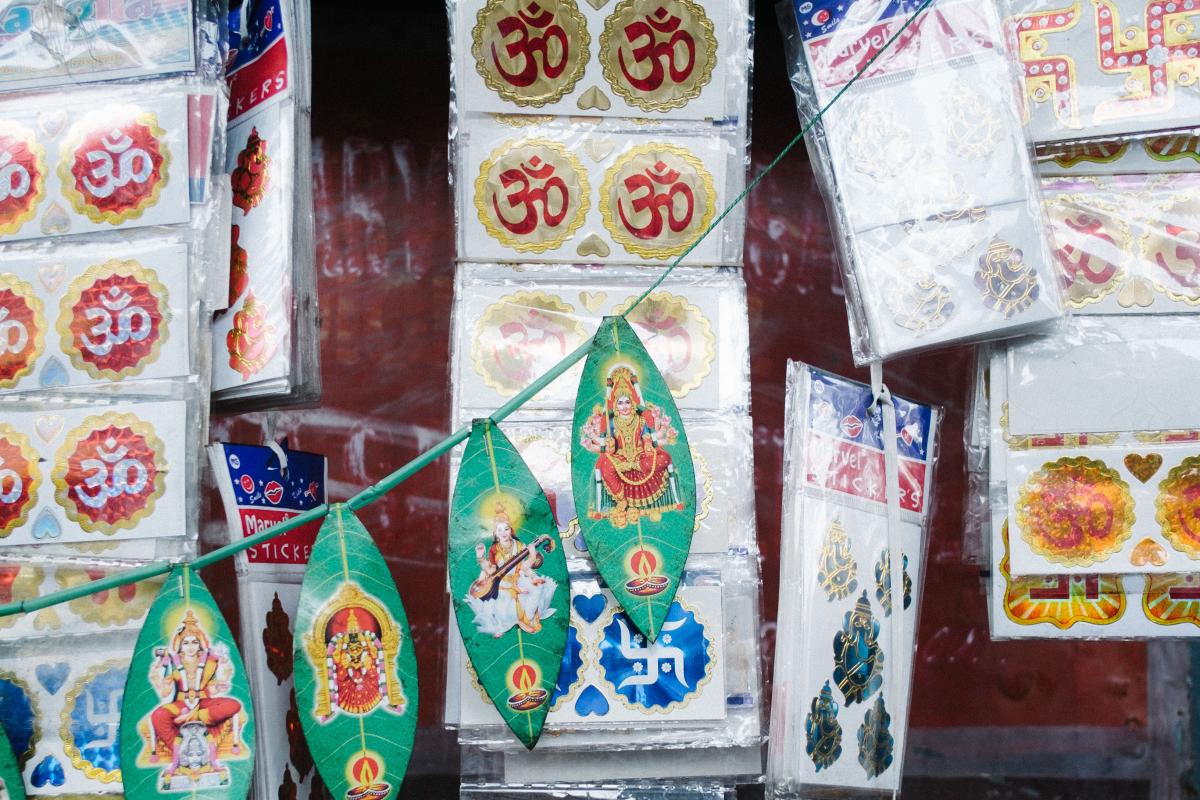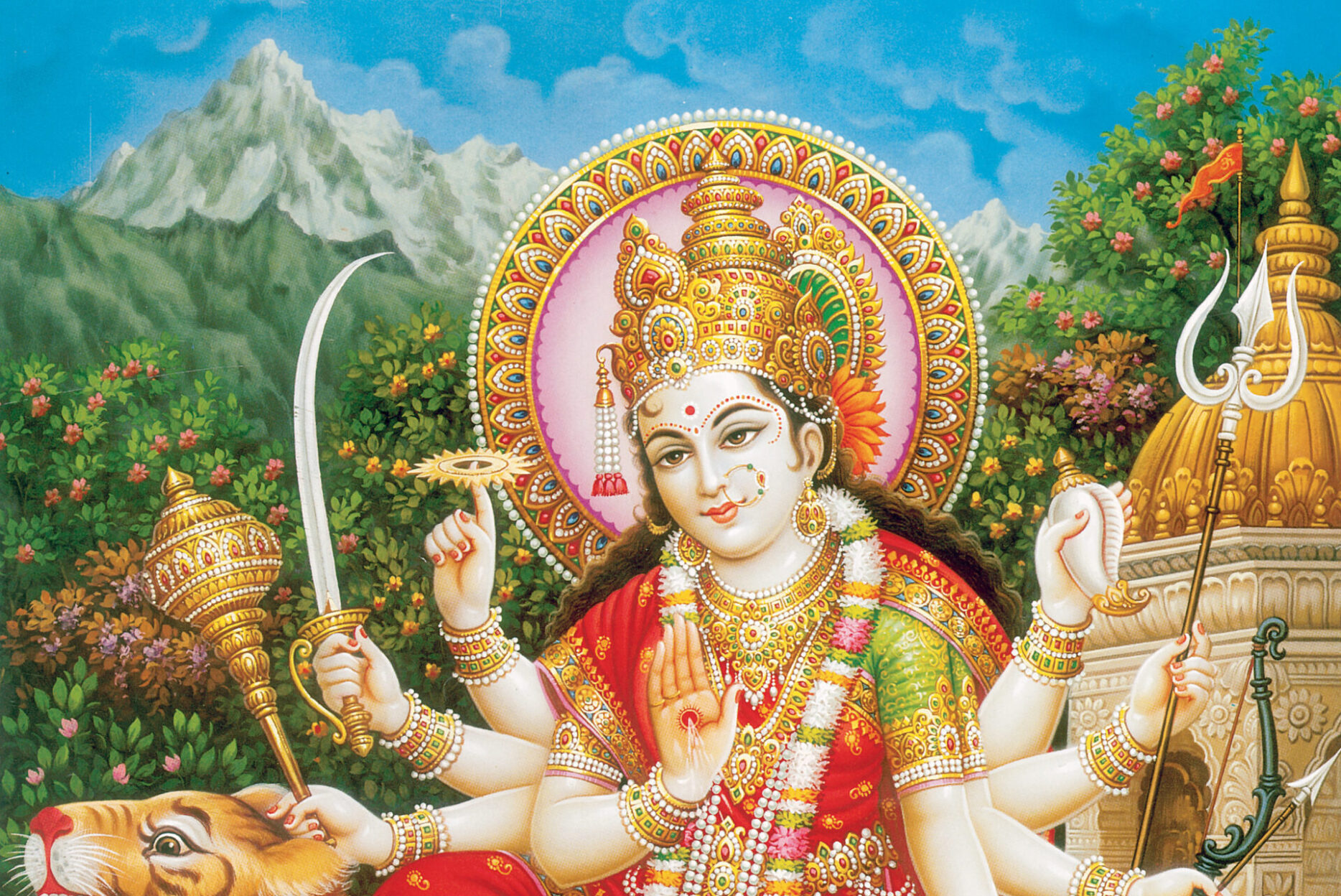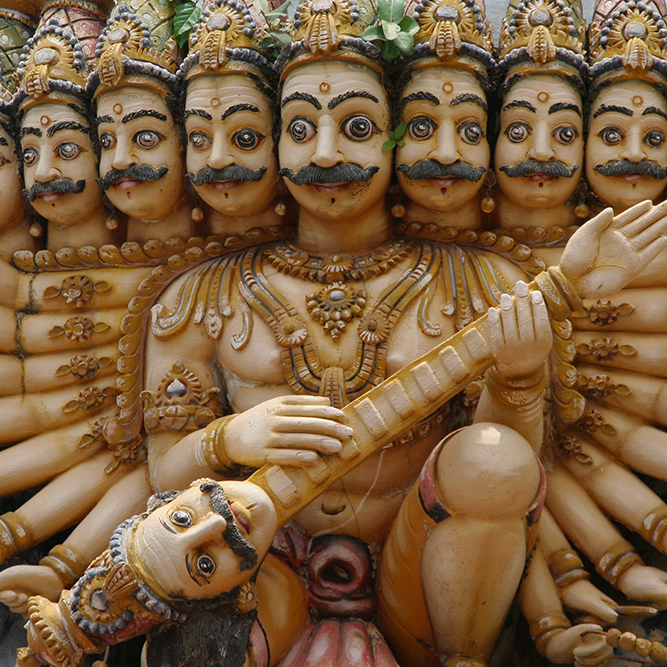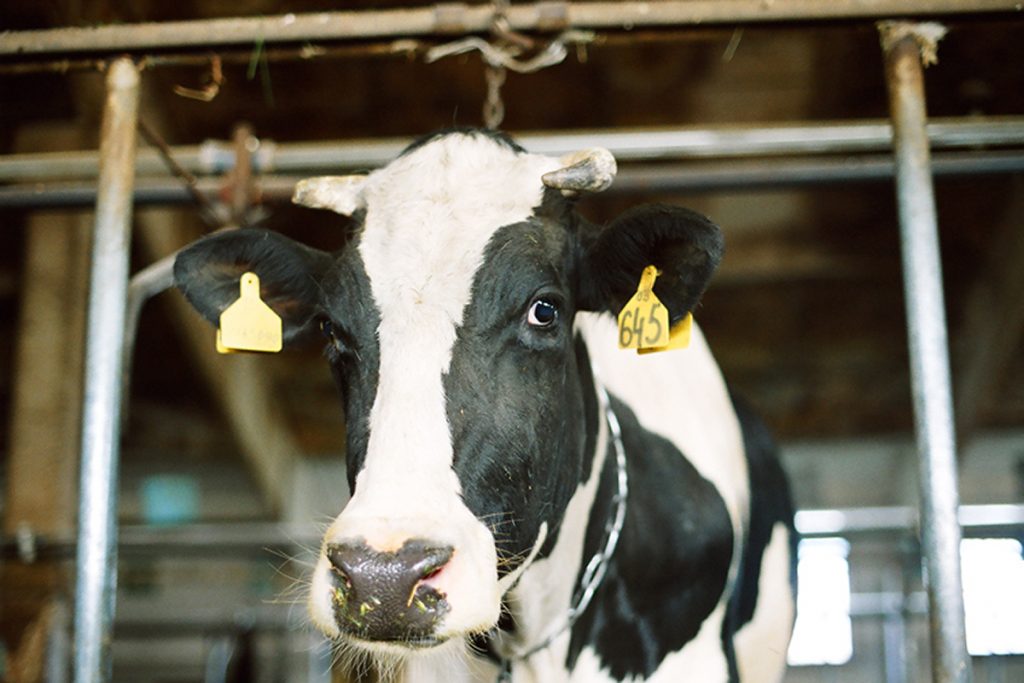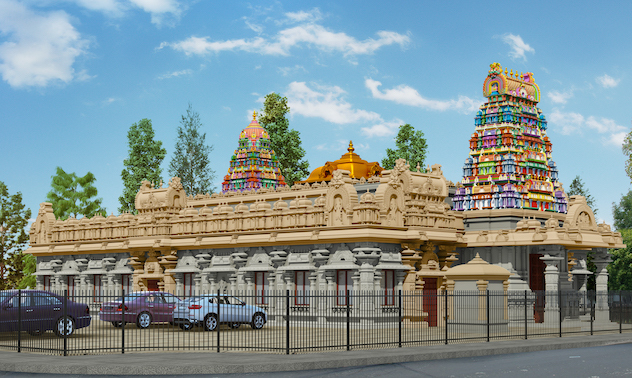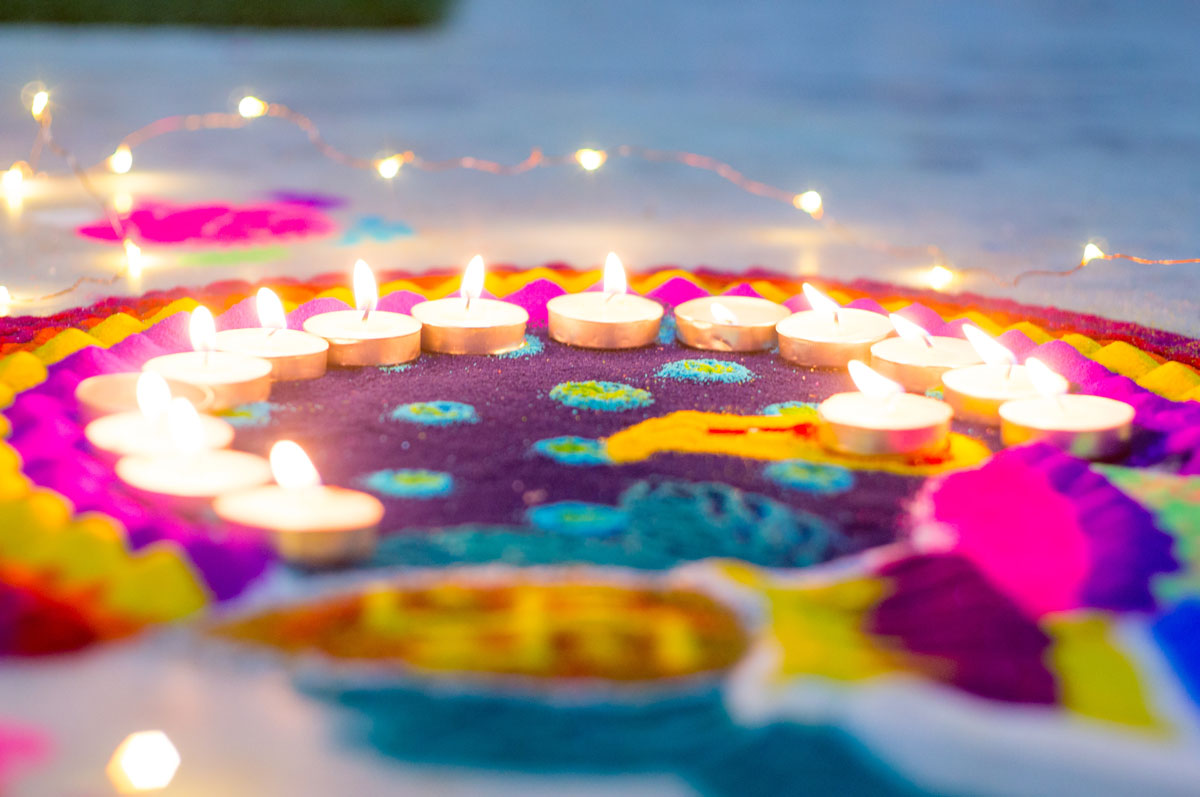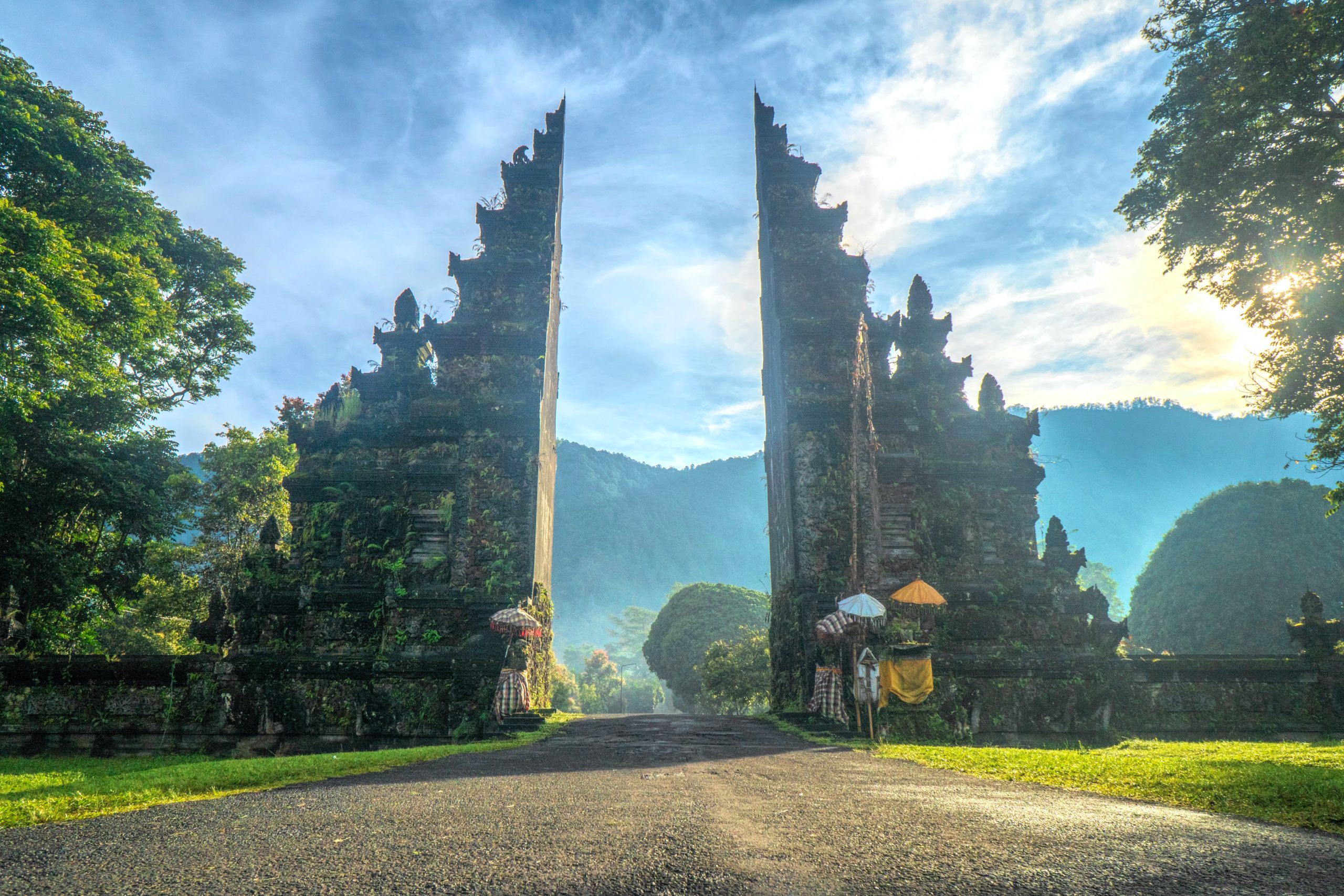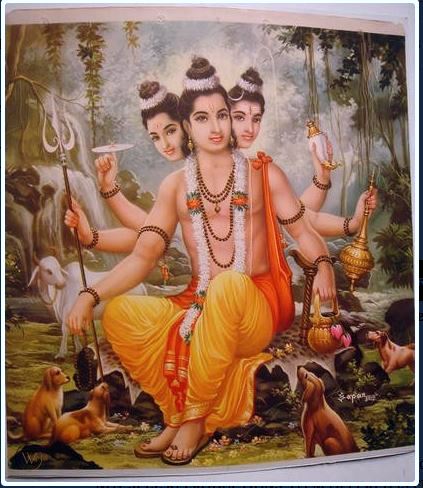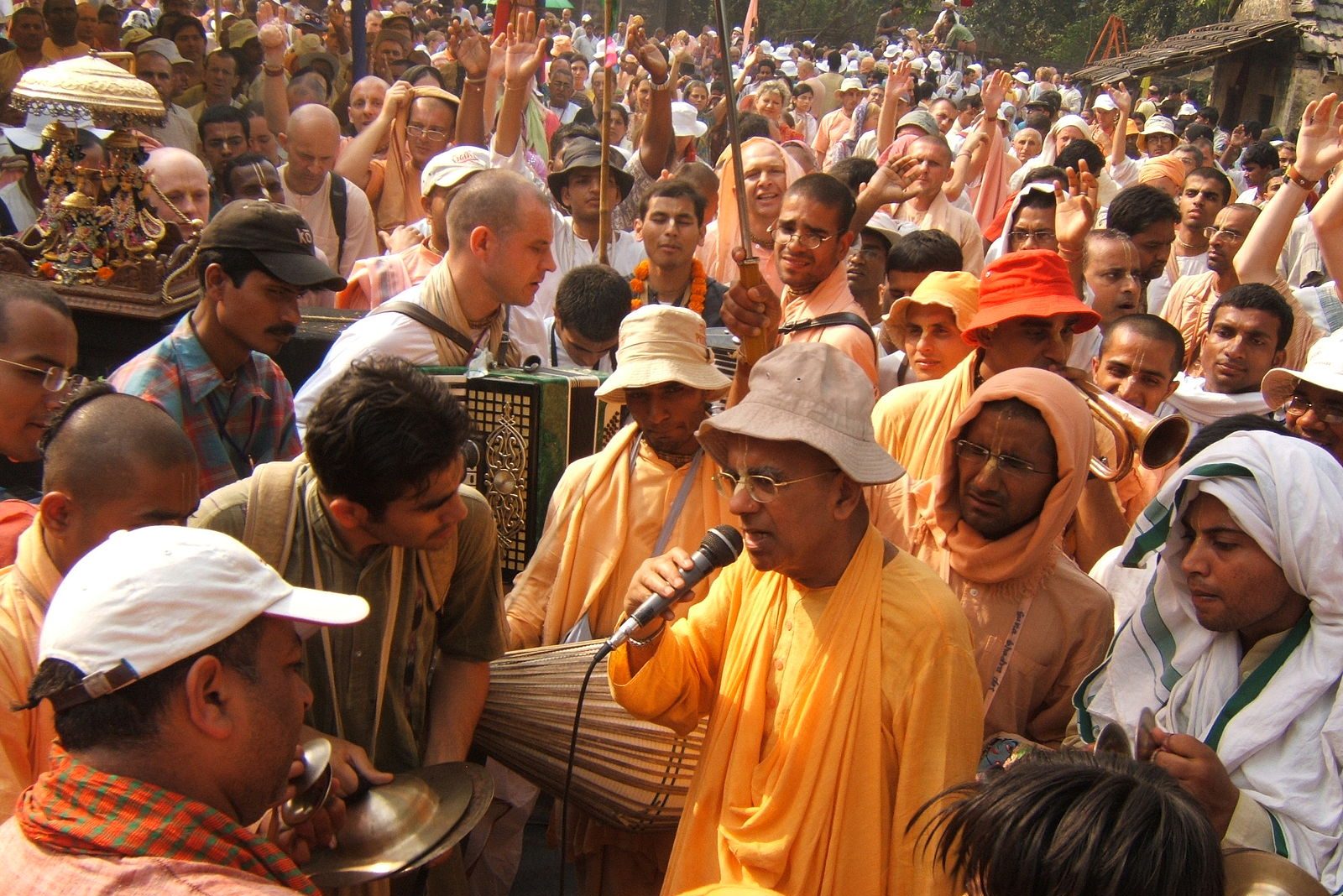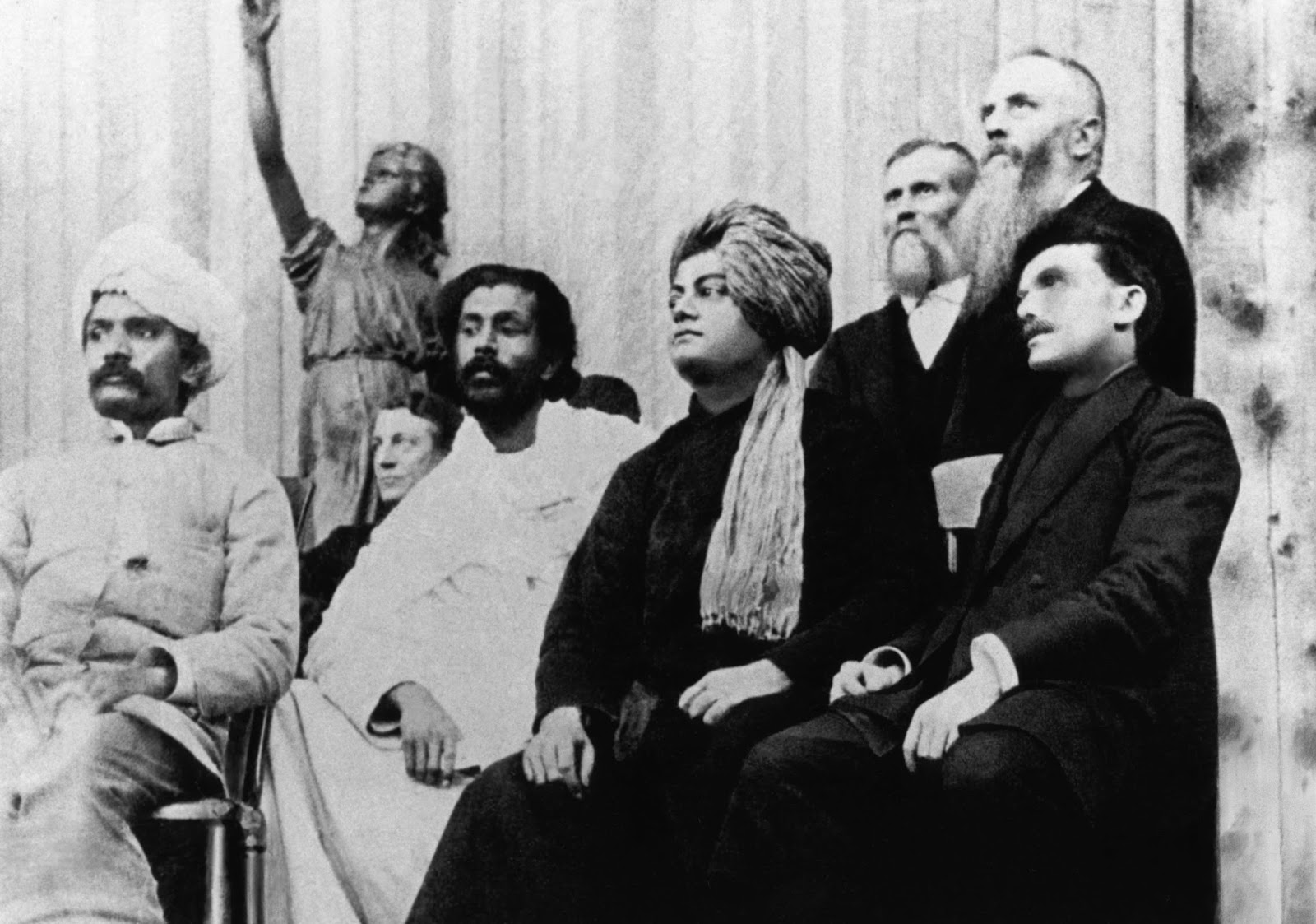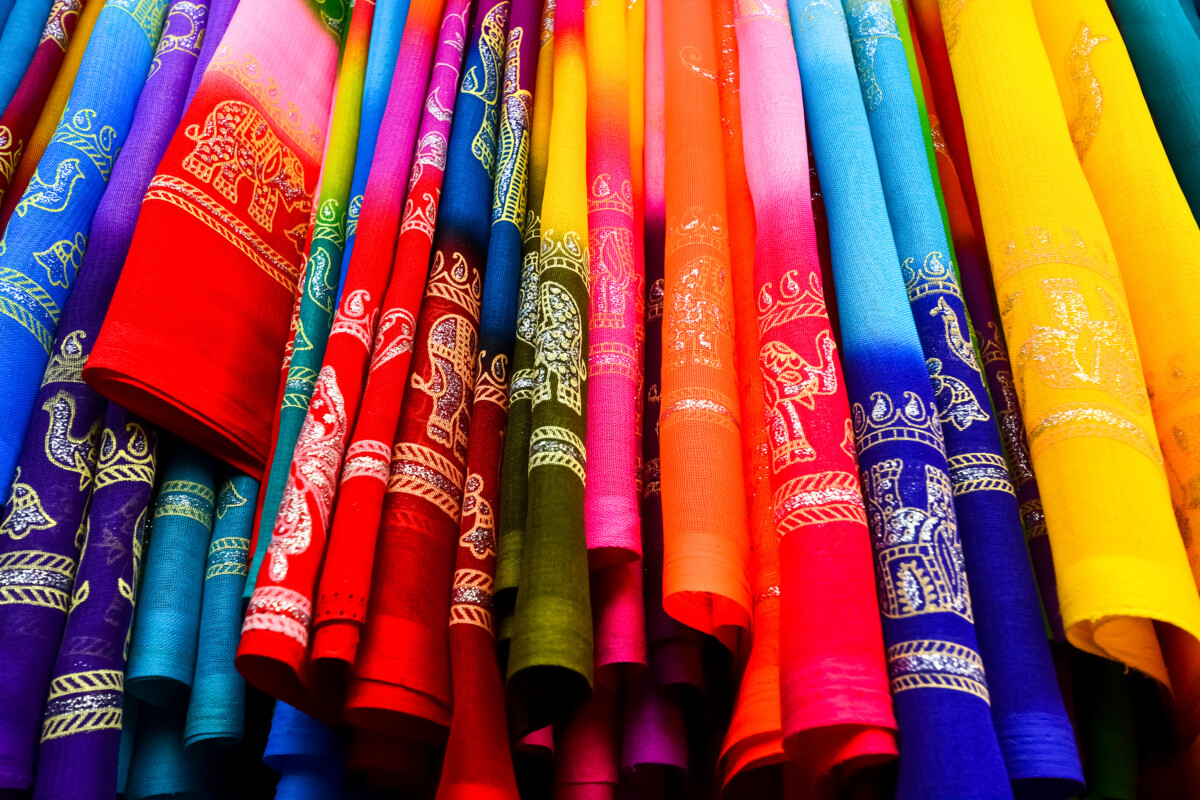
A peek into an Indian woman’s love for her saris
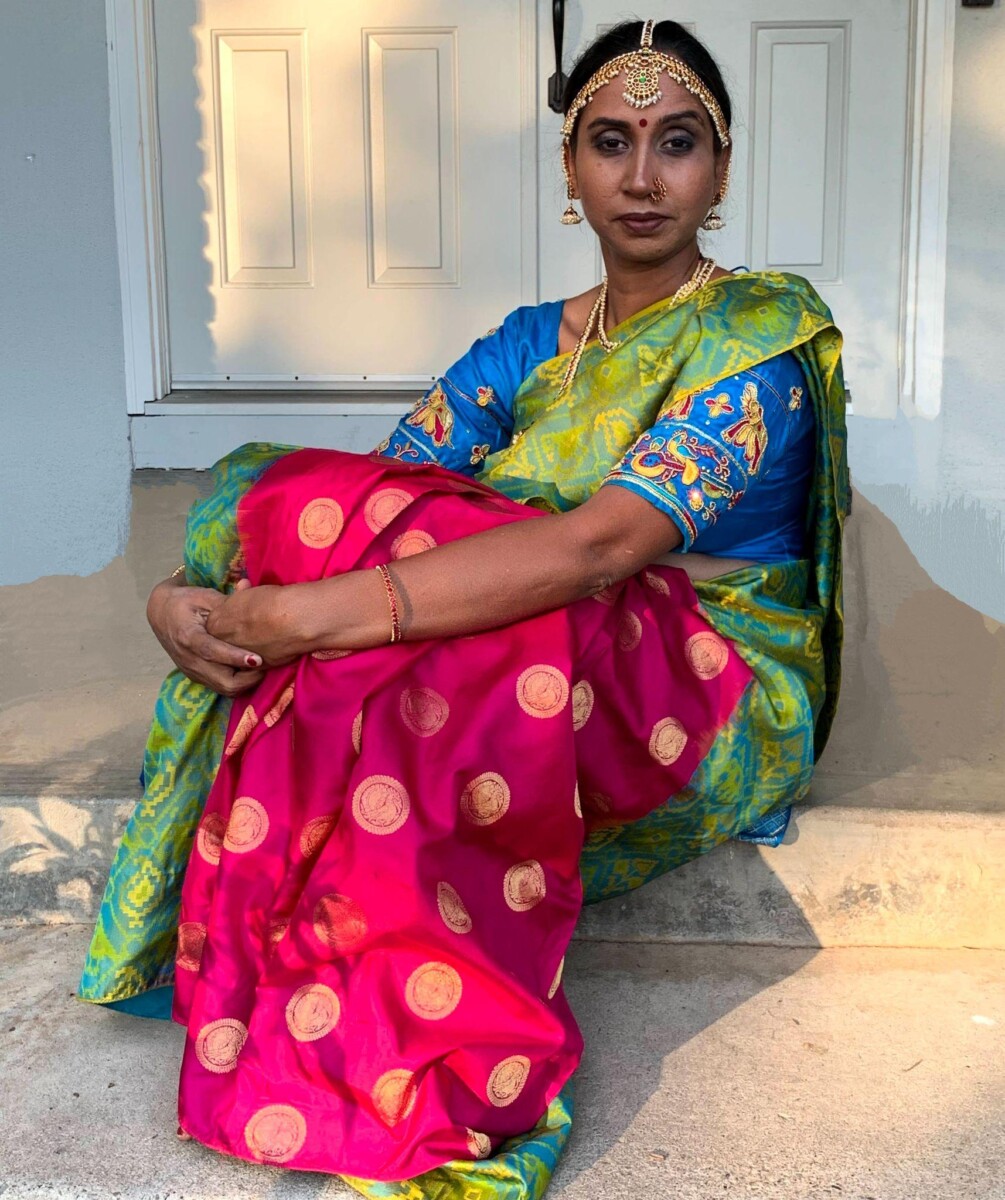
Amma by Shruthakeerthi Shankar
The Kanjeevarams arrive
Yes! After an epic journey through six cities in three countries, my saris finally arrived in the US from India.
A few years back, my father painstakingly shipped all my Kanjeevaram saris from across the globe. Kanjeevarams are hand or machine-woven silk saris made in South India. They derive their name from the town of their origin: Kanchipuram (kaan-chee-poo-rum). Kanjeevaram saris are the epitome of Indian creativity, bursting in bright hues that signify everyday life, flora, and fauna. They reflect the vibrant culture and festivities of South India. No celebration or worship is complete without them.
My silk saris carry with them the images of my Hindu ancestors and are precious keepsakes. Many of them are invaluable family treasures passed down from one generation to another. My mom’s, mom-in-law’s, and even my grandmom’s saris are in my collection.
The very first Kanjeevaram sari purchase is for one’s wedding. But unlike the white wedding gown of the West, the colorful Kanjeevaram sari (and all Indian wedding saris) can be worn for all joyous occasions. A favorite celebration that I look forward to every year to wear my Kanjeevarams is during Navratri or nine nights of veneration of the Universal Goddess or Shakti, during which I keep the Golu at home. Every night is an occasion to connect with my ancestors through the family/community rituals, traditions, food, dance and culture that I grew up in. Wearing an old Kanjeevaram sari weaves in many memories, stories of our ancestors’ struggles, for the kids and becomes the baton that passes on timeless, ancient culture to the next generation! For the first Golu post the COVID pandemic, I wore my mom-in-law’s wedding sari. She had passed away a year before and Navratri was her favorite religious celebration. Wearing it brought in her loving presence and the traditions she passed on to me.
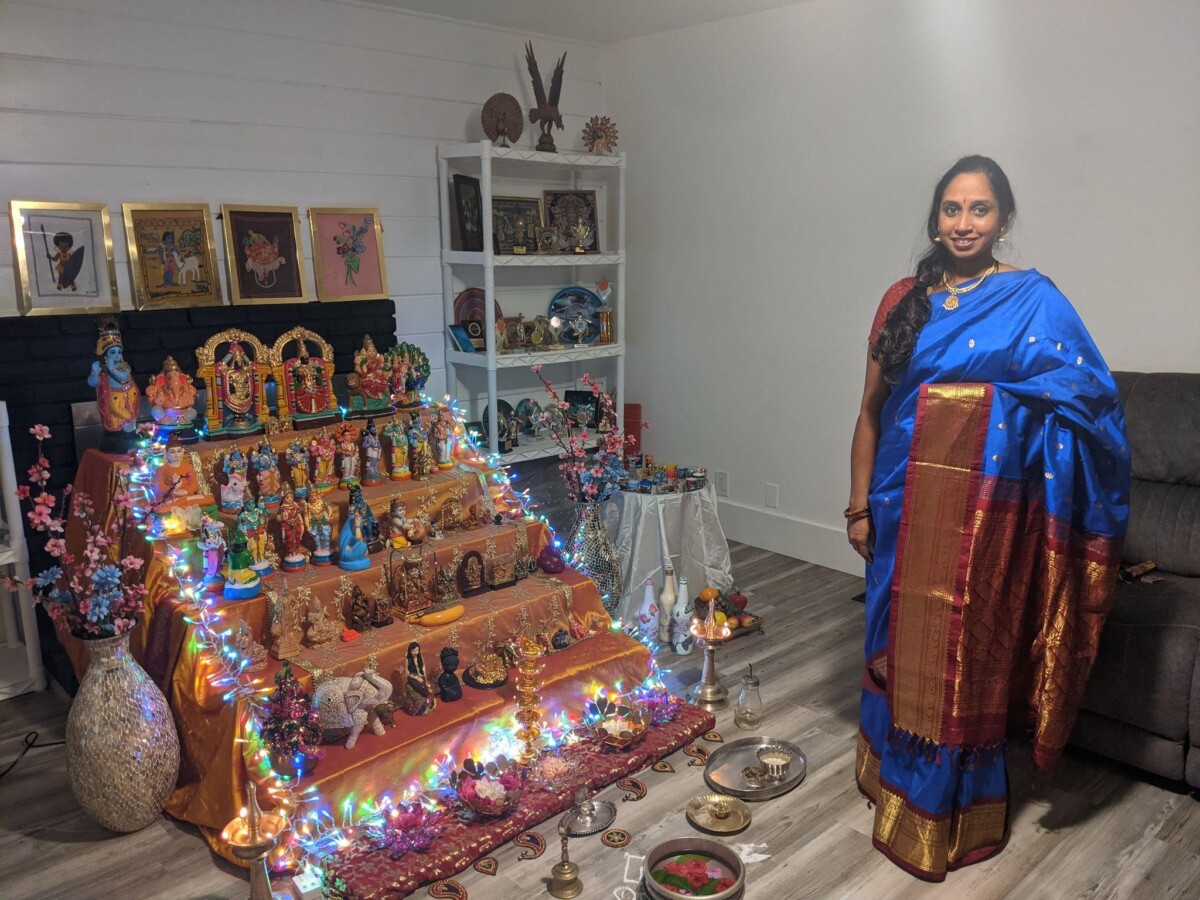
First Golu celebrations for Navratri, post-COVID pandemic – Photo by Shruthakeerthi Shankar
Love at first sight
When it was time to open the boxes, I was immersed in nostalgia. But I want to acknowledge one unique Kanjeevaram sari that kept me company for an entire year.
After a gap year in India, we returned to our American home in a hurry during the COVID-19 pandemic. The international borders had just opened up, and every flight had weight restrictions. So I left them all behind except for one. It was my brand new Kanjeevaram sari that I had purchased during my visit to my parents’ home in January 2020, just before the pandemic hit.
During that visit, my parents gifted me a Kanjeevaram sari of my choice, so I indulged in some eye-popping shopping. Leaving the kids at home, I went alone to the shop late in the evening. The South Indian annual harvest festival of Pongal was around the corner, and the air was rife with excitement. Hence, the shop I chose was shut down earlier than expected. With just half an hour left, the salesperson was disinterested, unlike his usual hospitality. Sari shopping is an elaborate affair in India, where the shopkeepers pamper you with food like chai, or coffee and snacks. But today was the wrong day for that. I realized I had to be quick, which is torture in a sari shop in India. So many options! The many colors and patterns will woo your senses until you have lost it all.
I quickly scanned the shelves. A multi-color one with an exquisite combination of peacock blue, green, and pink colors beckoned me. I tried it, and an assistant draped it around me in front of a massive mirror. One glance, and I knew this was it! I had, therefore, decided in a record short period. Anyone who knows me well can attest to my indecisiveness. I had made history. This sari had conquered me from head to toe!
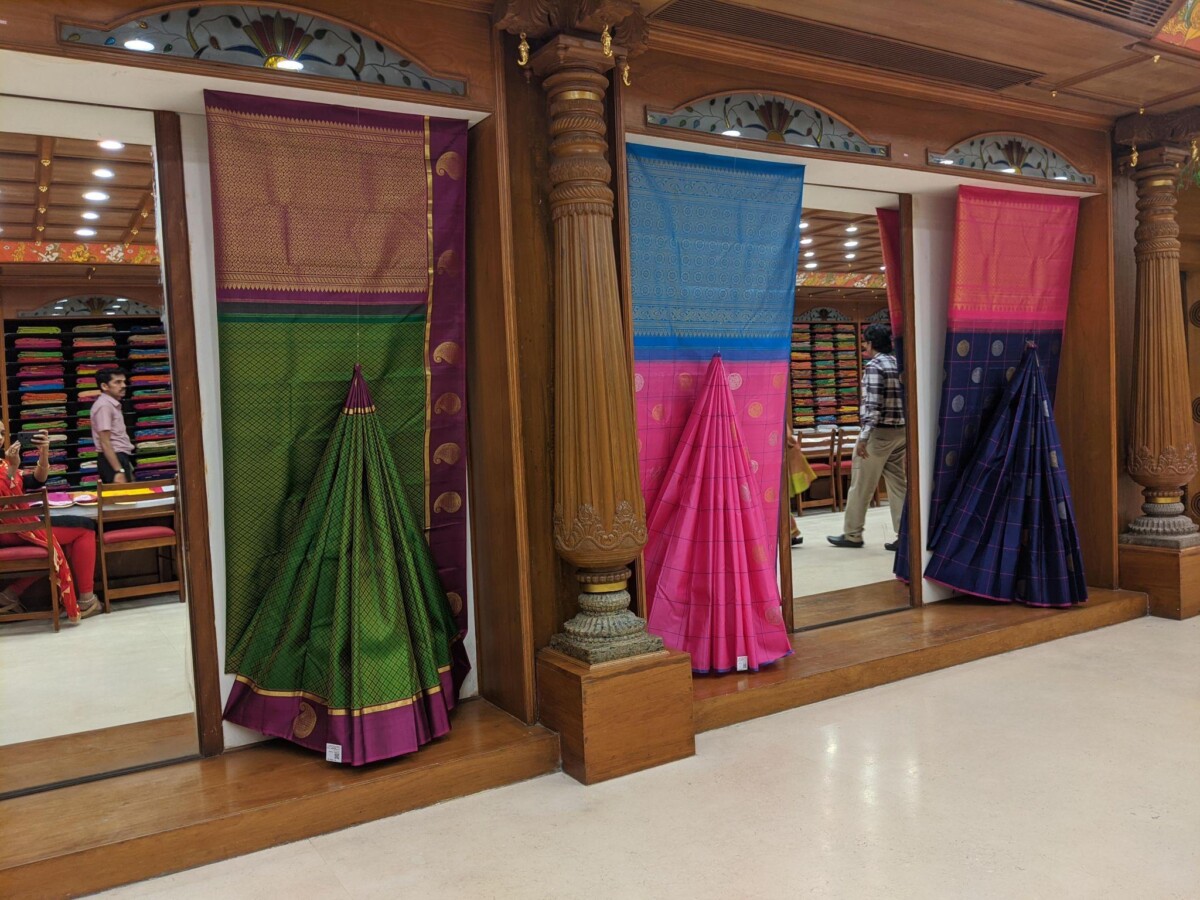
– Kanjeevaram sari shop in Coimbatore, India – Photo by Sangeetha Shankar
It was love at first sight. In retrospect, that historic brisk purchase was the best one ever. I have worn it regularly these past months and have received many compliments. I love its distinct separations. The pallu (the section that hangs over the shoulders) is peacock blue, the pleats over the legs a bright pink, and the rest of the sari algae green. Each of these sections has distinct designs, giving it the look of three different saris stitched into one.
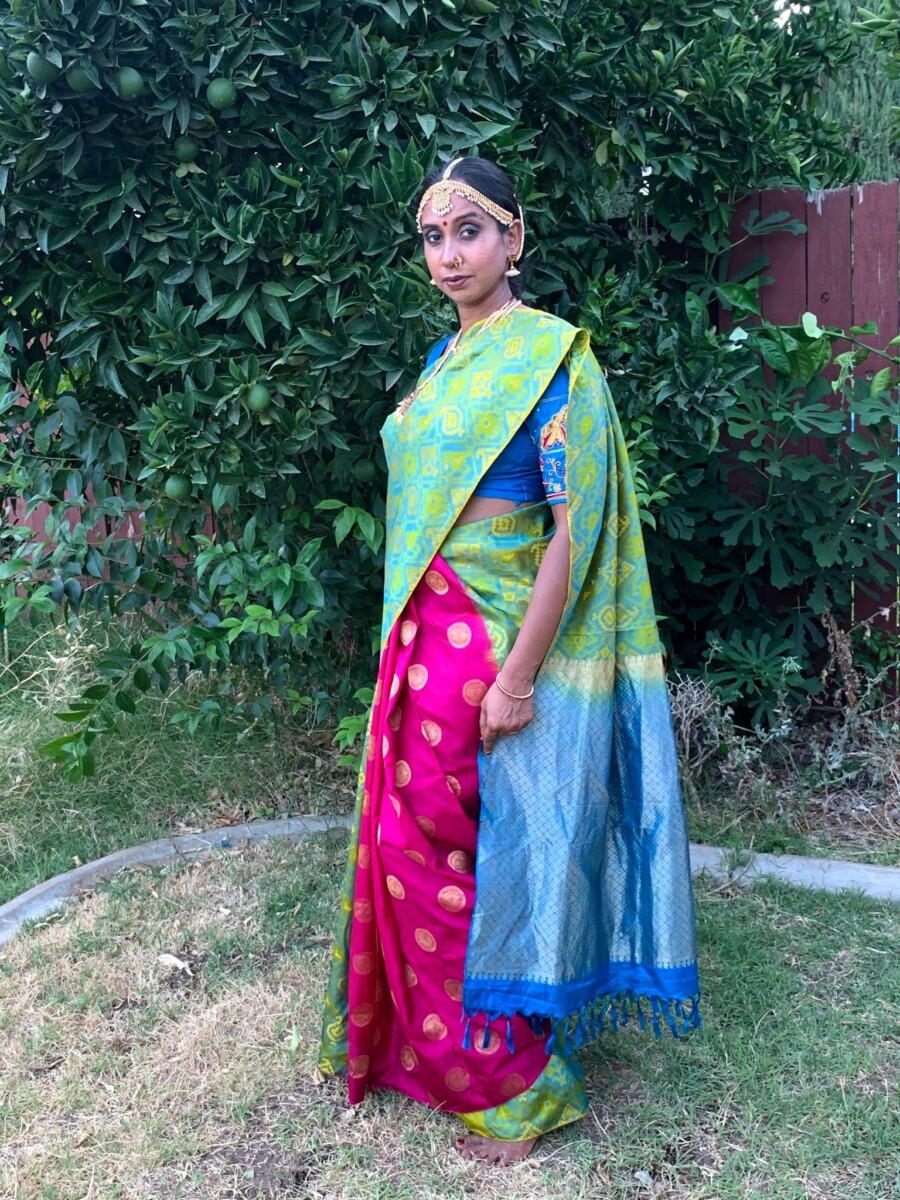
– Amma by Shruthakeerthi Shankar
Indian culture through texture wins photography contest
I wore this multi-color sari with complimenting classical dance jewelry during a recent photo shoot for my daughter’s summer photography contest for a course she was pursuing at the Academy of Art in San Francisco. The photo of the sari with pearl accessories turned out regal, captivating, and stunningly beautiful. I truly felt like an Indian queen. My daughter sent a black-and-white version of the photo to project Indian culture without its colors but with textures. No guesses! The photo won the competition and was mentioned in the college website’s student showcase section. My first modeling assignment was an immense success, thanks to my loyal sari!
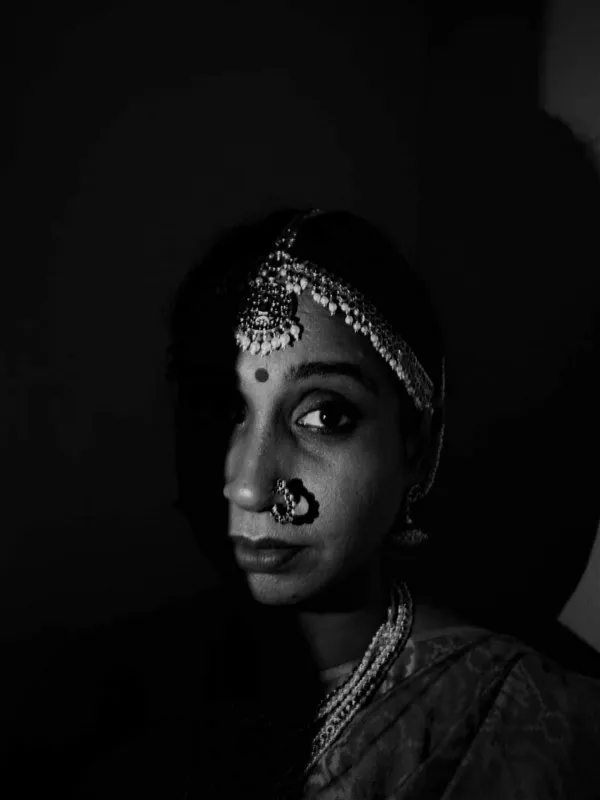
Indian culture through texture by Shruthakeerthi Shankar
Sari as an epitome of Hindu pride
Eventually, my vast collection of saris from India have swept me off my feet. I wear them regularly now, not only for my celebrations as a Hindu but also as an advocacy professional in my role as the CA Regional Director at the Hindu American Foundation. I wear my them with pride and joy for my professional assignments, in community events, and meetings including those with elected representatives. They represent me as a Hindu advocacy professional, along with the voices of millions of Hindus across the world for whom the Hindu American Foundation works night and day.
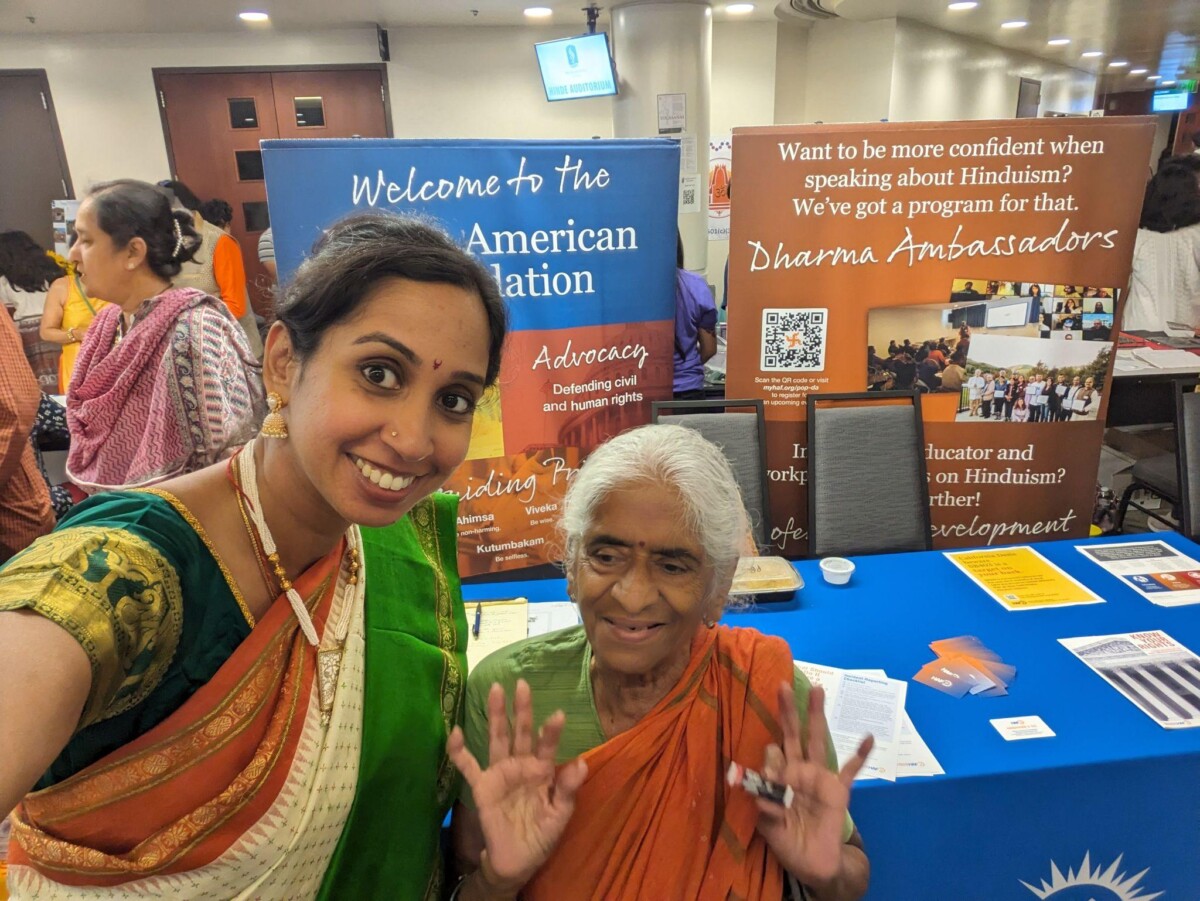
HAF at Mega India Day, 2023, Sacramento – photo by HAF volunteer.
Time and again, I have the immense privilege of representing my foundation and its incredible work of advancing the rights and representation of Hindu Americans. Every year, one such event that I look forward to in the Sacramento community is the Mega India Day event to celebrate India’s Independence Day. Last year’s participation on behalf of HAF was precisely a week into my job, bang in the middle of the Hindu community’s efforts to kill the racist, SB-403 bill. It felt momentous and overwhelming at the same time! And my sentiments had to be matched with a perfect sari. So I wore my very oldest Kanjeevaram, a gift from my maternal grandparents, the first sari I purchased as a college student in Chennai. It is a tiranga—the Indian flag with the tricolors of orange, green, and white—for even in those early years, I yearned to be in service to my fellow Indians and Hindus. My love for my Hindu Dharmas is central to my identity, stoked from day one by my maternal grandparents. Thirty years later, when the tiranga Kanjeevaram came in perfectly handy for my first community assignment at HAF, I could truly feel my grandparents’ presence and pride and I wrote all about it in this article.
Sari as an embodiment of Shakti
This year too, the Mega India Day event had me drape yet another beautiful and precious sari—a parrot green Kanjeevaram that is a hand-me-down from Amma, my mother. She got it from her parents for her brother’s wedding. She wore it for her first media interview with a Dubai-based news publication when she toured Dubai as a Carnatic Indian musician and performing artist. My mother modeled my passion for the arts, and painstaking hard work to collate different identities of a wife, a mother, a daughter-in-law, and a professional. Amma personifies the identity of a proud Hindu woman who seized every opportunity to express herself as an artist without hesitation. Amma represents the freedom for intellectual and artistic development that the Hindu Dharmas bestow equally on its women, an unabashed expression of the Devi or Shakti within and a core value of the Hindu American Foundation. HAF is a woman-led organization that has carved a niche for women in the Hindu advocacy space. Wearing the parrot green Kanjeevaram at this year’s Mega India Day event gave me great pride and power as a Hindu advocacy professional.
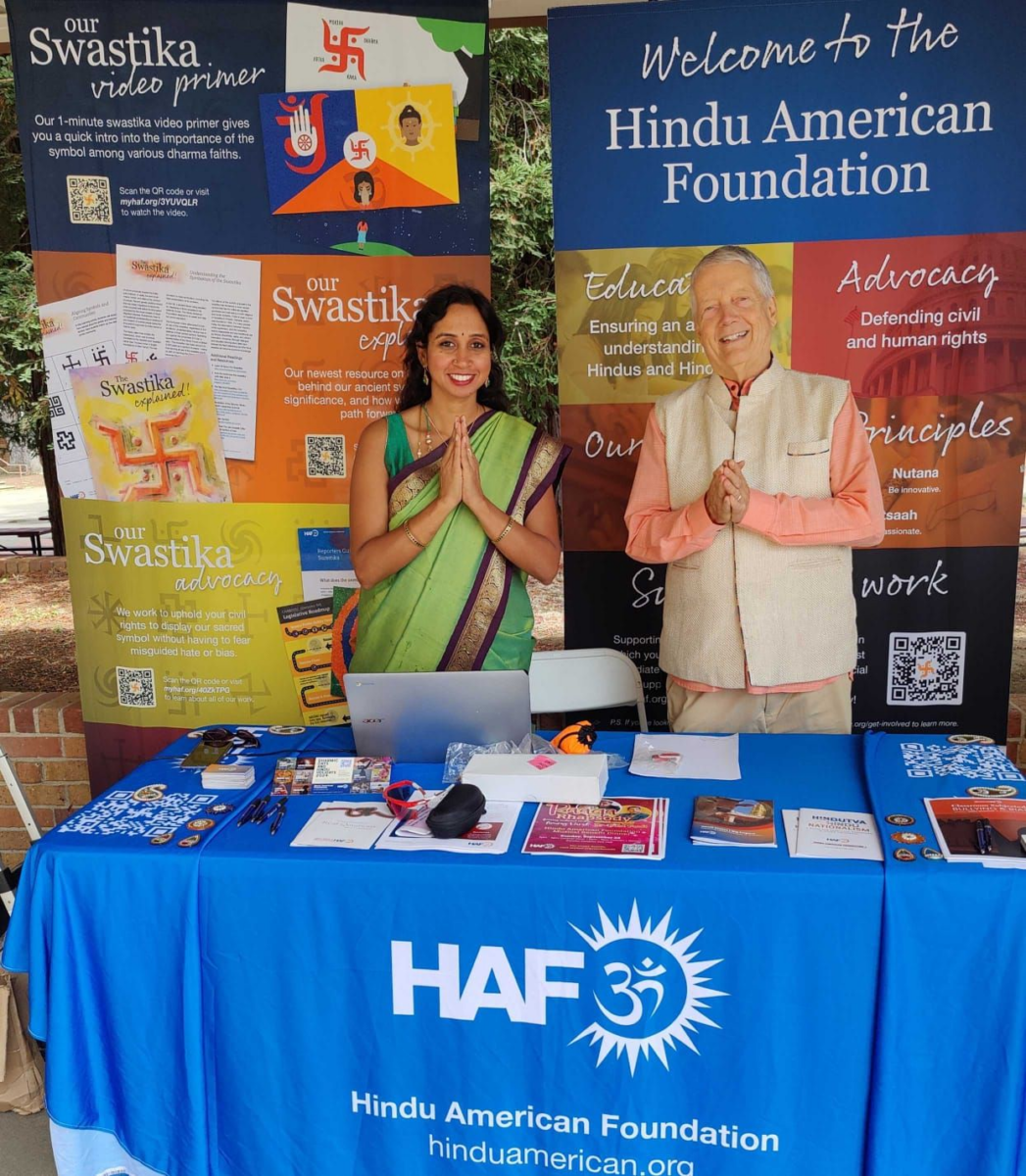
HAF at Mega India Event 2024, Sacramento- photo by HAF volunteer.
Sari as a connection between old and new:
This power as a Hindu Advocacy professional extends into every engagement and celebration with the Hindu-American communities. One that manifested this past summer, when I represented HAF in the Hindu Unity Day event in Sacramento, which celebrated the pran pratishtha of the Ram Mandir in Ayodhya, India, a global Hindu effort that signifies the success of 500 years of blood and sweat to a rightful claim! The Unity Day event was about the hopes and relentless spirit of the diverse Hindu communities, each in their unique colors but united in their Hindu identity, precisely like my newfound Kanjeevaram sari with its distinct sections stitched into one beautiful garment, which I wore to the event. It felt like draping my Hindu history and culture around me. My newest Kanjeevaram witnessed an event celebrating a Hindu legacy and success. Life had indeed come full circle!
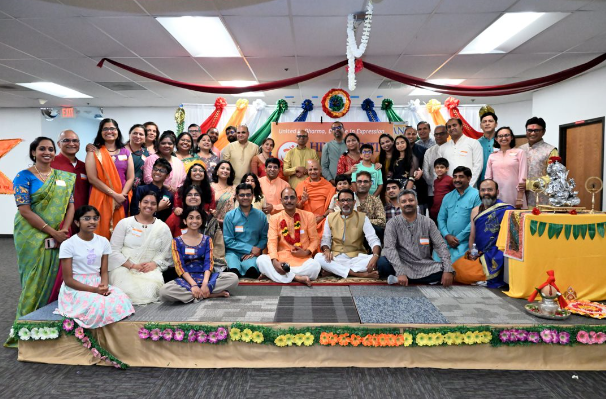
Group photo of Sacramento Hindu community members with Swami Govind Dev Giri Maharaj ji. Photo by HSS.
I have many more such stories, but in short, every time I wear my saris I am engulfed in much nostalgia! But, yes, I will never forget my new multi-color Kanjeevaram. This algae-green sari might not evoke precious memories from life events. It might not even be the classic pass-me-down from my mother. Nevertheless, it shall always be incredibly endearing to me.
After all, the one that gives you company when others don’t show up carves a special place in your heart—whether a sari or a human!


